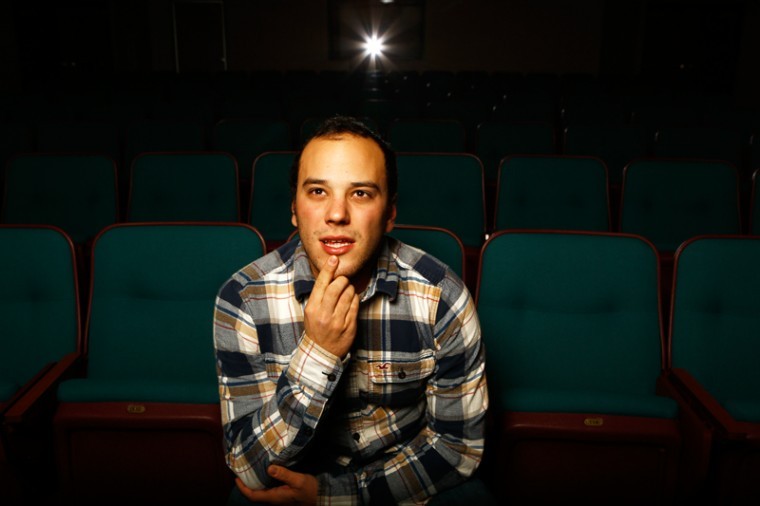The Reel: ‘Blue Valentine’ packs a melancholy punch
February 15, 2013
“You always hurt the one you love, the one you shouldn’t hurt at all.” Kinda bleak, huh?
These are the first words I ever heard sung by actor Ryan Gosling. I’d think twice about calling him the next Sinatra, but the song is actually a charming ballad that fits like a glove in the narrative of Derek Cianfrance’s “Blue Valentine,” an emotional drama that chronicles the relationship of Dean (Gosling) and Cindy (Michelle Williams) as it evolves over several years.
“Blue Valentine” focuses primarily on the couple’s rocky marriage at present but uses cross-cutting to show us their courtship. It’s nonlinear and can be difficult to follow, but it’s an effective way to dispense of the couple’s back-story.
I think this editing technique also serves to enhance the story’s emotional weight. “Blue Valentine” maintains a firm grip on the audience by showing us a young couple who are madly in love, but then switches gears to show us that same couple in a dark, empty state.
It’s flooring to see this change of tone between scenes, and coupled with magnificent performances from Gosling and Williams, “Blue Valentine” certainly packs enough melancholy punch to keep viewers invested.
As the fireworks boomed and the credits rolled, I found myself reflecting on the title’s significance. “Blue Valentine”… what could it mean? I think “valentine” is obvious; the story is about a couple in love.
But “blue” I think refers to the decrepit state of their marriage. Blue is a color often associated with sadness or melancholy, and I think those emotions are pervasive in this movie. So in a way, the title’s kind of an oxymoron, but that’s all part of the psychological appeal.
Speaking of the color blue, “Blue Valentine” seems to use at least one shade of blue in every single shot. This reminds me of one of my favorite films of all time, Spike Lee’s “Do the Right Thing.” In Lee’s film, the color red is present in nearly every scene, whether it’s on a wall, on someone’s shirt, on a car or even on a woman’s lips. Lee uses red to signify the boiling hot racial tensions in one Brooklyn neighborhood on the hottest day of the summer.
I like the use of color in both films to accentuate the emotions that the directors want us to feel as viewers. It enhances the atmosphere and makes it easier to emotionally connect with the characters.
As I’ve hinted before, “Blue Valentine” thrives on its performances. I think I enjoyed Michelle Williams more in Simon Curtis’s “My Week with Marilyn,” but Ryan Gosling is at the top of his game here. I think this is the best I’ve ever seen him, with his performance in “Drive” a close second. The chemistry between these two is electric. They seem so natural together, making their character evolution as a couple even more fascinating.
With such strong leads, Cianfrance’s “Blue Valentine” is a very different love story. You’ll laugh a little, cry a lot, but as such a spellbinding display of human emotion, you might even be compelled to watch it again. It’s streaming on Netflix Instant this Valentine’s Day.





















![Megan Inman of Tennessee cries after embracing Drag performer and transgender advocate Jasmine St. James at the 9th Annual WKU Housing and Residence Life Drag Show at Knicely Conference Center on April 4, 2024. “[The community] was so warm and welcoming when I came out, if it wasn’t for the queens I wouldn’t be here,” Inman said.](https://wkuherald.com/wp-content/uploads/2024/04/smith_von_drag_3-600x419.jpg)


